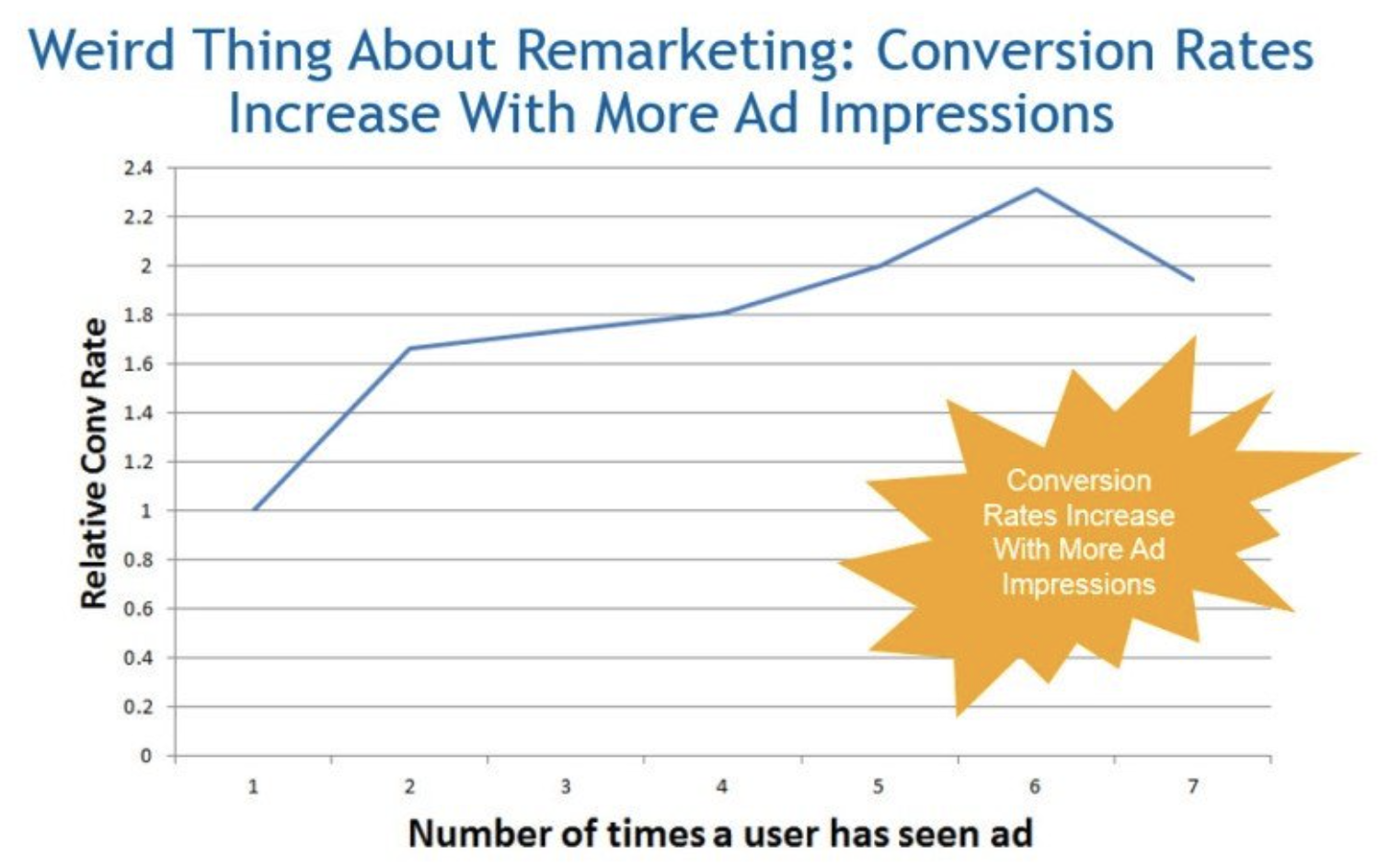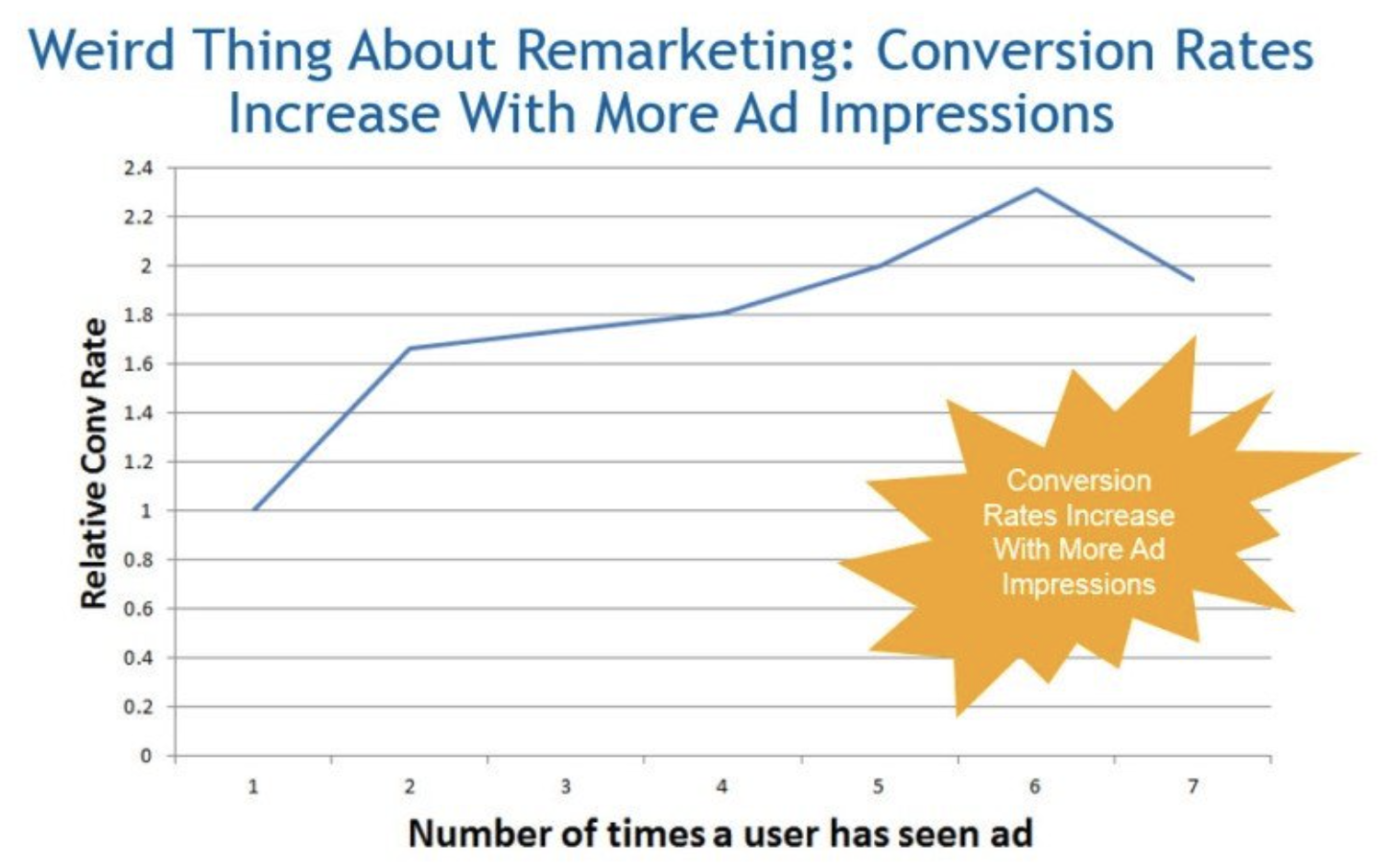Remarketing
Companies across the world run numerous marketing campaigns across different platforms to attract users to their website/product/brand for the first time. However it is a tall task to expect that most buyers will discover a new brand, choose a product and complete the purchase in the same session. Most buyers will browse across other websites, read reviews and compare prices before purchasing a product. It is critical to drive these customers to conversion. This is where remarketing comes into play!
What is Remarketing?
Remarketing is a marketing tactic where companies engage with leads, prospects or customers who have already been marketed to, visited your website or purchased a product from your platform previously. It is done in order to drive them further down the marketing funnel and convince them to take a desired action ranging from conversion to expansion to upsell.
How is data for remarketing collected?
Pixel based remarketing: This is the most common form of collecting data for remarketing. It utilizes a javascript code or more commonly known as a pixel that gets placed on the website. Every time a user visits the website, the pixel drops a browser cookie. A cookie stores small amounts of non-personal information about users who visit a website. For example, the pages they visited on the website or the products they looked at.
Based on this information, remarketing tools can create and run ads. Remarketing can be run on platforms like Google ads, Facebook dynamic ads etc. and users who visited the website will start seeing these ads. The advantage of pixel based remarketing is that visitors can immediately begin seeing ads that can convince them to come back to your offer.
List based remarketing: This involves targeting customers and visitors who have already provided their email addresses. They could have provided them either by subscribing to your blog or entering it on visiting your social media page or post an interaction with your social media post. With the advent of multiple software companies with a freemium approach, multiple users sign up and provide their ids to try out the product. In this process one has to upload the list of emails and accordingly segment and target these users with personalized campaigns.
Why is remarketing important?
As mentioned above, customers take time before making a final decision. As per Marketo, approximately 96% of visitors who come to your website are not ready to buy. This is a huge volume of visitors who have shown intent but are not purchasing your product. Based on the activity conducted by the user on your website and the shopping signals displayed by them, remarketing campaigns can be accordingly personalized to the potential buyer.
Remarketing allows you to increase brand awareness and be on the top of the mind of customers so that once they decide to purchase they go for your product. Through this, relevant display ads can be shown across websites and apps where the target audience spends the bulk of their time. In the messaging unique features and or discounts can be included which will appeal to the audience. Through this, customers will move to the next stage of the purchase process. These types of ads tend to result in higher conversion rates with lower CACs. As per an Adobe report “retargeting is responsible for boosting ad responses by as much as 400%, and can help to improve brand recall and awareness in visitors.”
As per Wordstream, conversion rates tend to increase the more users see online ads within remarketing campaigns.


Beyond conversions, remarketing allows users to build loyalty and trust. Based on their previous purchase they can be targeted with ads for ancillary products (Eg: target with ads of a pillow post the purchase of a mattress). Through remarketing once can upsell other products and in turn LTV can be increased.
Segmentation
Basis actions performed in your product users can accordingly be targeted with certain campaigns. With the advent of user first products in the software space, potential customers perform multiple actions within a product before taking the decision to buy. Basis the actions performed users can be accordingly targeted and remarketed to.
Here is where Toplyne comes into play. Toplyne allows companies to segment their product users according to actions they have performed in the product. Basis the actions the users are segmented into hot, warm and cold leads. These leads through integrations with various marketing and CRM tools can be targeted. Companies can run GTM experiments basis the actions they have performed within the product and potentially can be converted into paying users. Topline has helped companies like Canva and Invideo to push leads and experiment with their GTM campaigns, the result of which has been higher conversions.
How to measure success?
Simple KPIs can be set in order to measure the success of the remarketing campaigns. Simple engagement metrics such as website visits, click-through rates and email opens can be tracked to measure the success of the campaigns that are run.
Metrics such as conversion rates, customer acquisition costs and sign-ups (for demos etc.) can be used to measure the business impact of the remarketing campaigns.
Updated over 1 year ago
